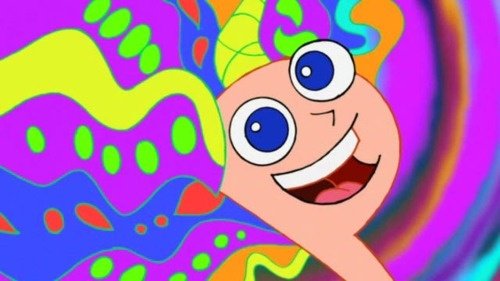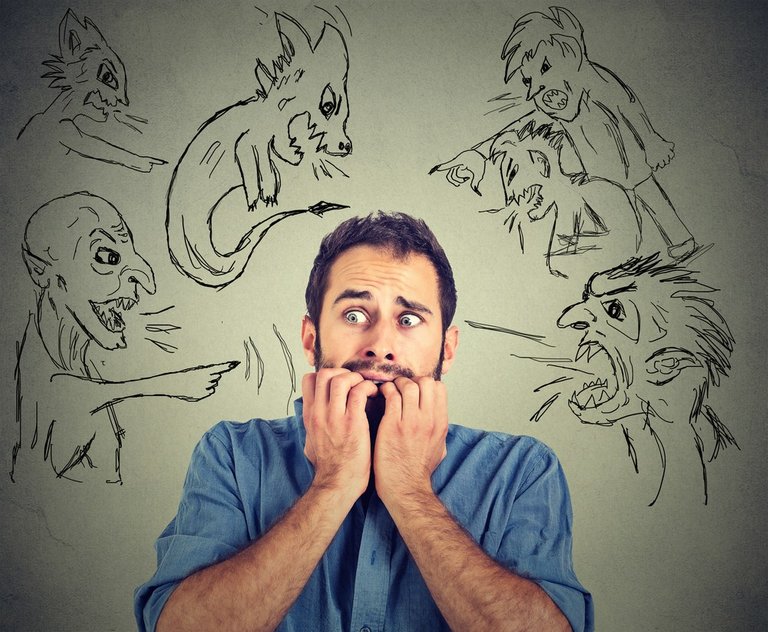LSD is also known as psychedelic drug famous for altering your perception and creating a hallucination. But how does it work? And how does it affect your body and most important your brain?
Lysergic acid diethylamide was first made by Albert Hofmann in Switzerland in 1938 from ergotamine, a chemical from the fungus ergot. In 1943 the inventor Albert Hofmann accidentally touched some into his mouth and got high and become the first person in the world to learn about the psychedelic properties of LSD. Research on the drugs took placed in the 50s and 60s, but as the increase in recreation use began to spread psychedelic drug were scheduled as illegal in US and research program was halted.

Well, other drugs are dosed in grams, but a single dose of LSD is measured in 1/100,000 of a gram that is 1/10 of the mass of a grain of sand. LSD affects multiple brain receptors like Dopamine receptor, adrenergic receptor, and glutamate receptor but most researchers are on the Serotonin receptor 5H2TA. LSD hits the receptor at an unexpected angle causing to fold over the LSD creating a lid. The LSD is then get trapped! Then it makes the receptor to continuously fire, causing you to hallucinate. The body responds by sucking the 5H2TA receptor into the cell to degrade the LSD, but it can take 12+ hours to happen. Which is why it lasts so long.

Recently, LSD researchers have seen a revival and using contemporary neural imaging techniques, researchers found that the drug causes parts of your brain to communicate in unique ways, especially in the visual cortex. Potentially explaining the vivid and complex hallucinations. There is also decreased blood flow in the default mode network, correlating to string changes in consciousness, characterized as ego-dissolution, describes as a feeling where the boundary that separates you from the rest of the world dissolves. Many people report this feeling brings a sense of reconnection with themselves, other, and the natural world. In fact, a study on 20 healthy volunteers receiving 75 micro grams of LSD saw that two weeks after being dosed, they scored higher for the traits of optimism and openness, with increased creativity and imagination. This has lead researchers to consider LSD as a therapy for patients with death anxiety and life-threatening illnesses.

Researchers found that 12 months after treatment, patients reported a reduction in anxiety and rise in the quality of life, as the drug helped them restructure their habits and worldview. It is also why the trend of micro dosing is emerging, where a person takes 1/10th of a recreational dose of LSD, attempting to skip the hallucinations and instead experience heightened alertness, energy, and creativity. Although LSD is non-addictive and researches rate it as significantly less dangerous than other drugs like cocaine and heroin, there’s still an extreme lack of scientific studies to explain the widespread micro dosing trend and even experienced hallucinogen users sometimes experience bad trips producing irrational fears, paranoia, and panic attacks. LSD can also cause flashbacks, where month after the drug has worn off, it can feel as though you’re experiencing the effects of the high all over. In some extreme occasions, people have developed hallucinogen persisting perception disorder, which is like a never-ending trip. Thinking that LSD lead to psychosis and the risk of suicide are overstated. The 14% of participants in the US national survey who had done psychedelics in the life had no increased risk of developing psychosis, depression, or suicide attempts, but the new research around LSD’s potential positive effects is also very young. So this might not be a trip you want to take.
